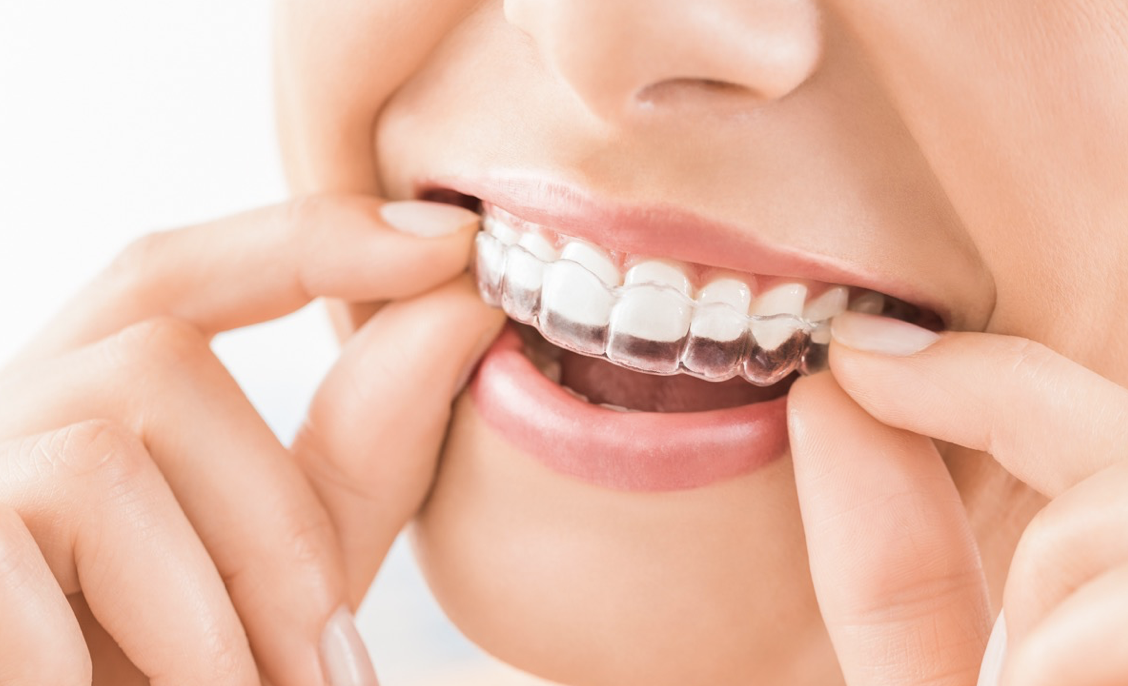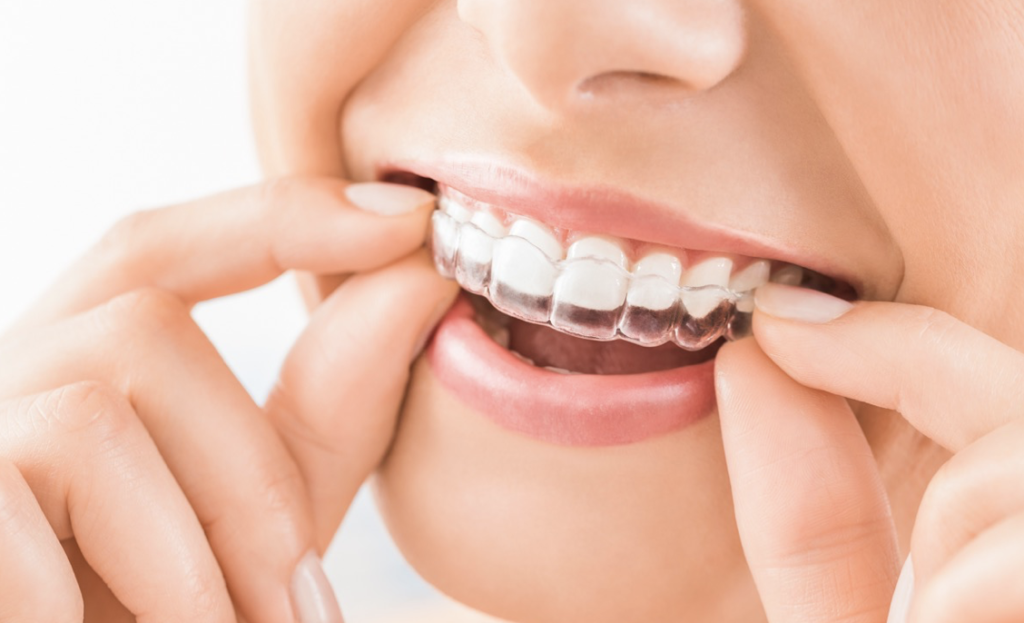Which brace could be right for you?


If you’re looking at the options for orthodontic treatment, you might be overwhelmed. But don’t worry! This short guide on what brace or orthodontic tool is likely to be helpful for your misalignment and overall lifestyle needs will help you make an informed decision!!
Orthodontics Weybridge has never stayed still; there are always incremental improvements, and braces of the previous generation are not the same as the braces of today. They are progressively becoming lighter with a lower bracket profile; all that might not mean much to you, but when you’re wearing them, it would!
Bracket profile is the distance that the metal sticks out in front of your teeth and affects how the brace interacts with the inside of your lips, how much food can get trapped underneath it and how much it affects your speech. So, in practice, the bracket profile is probably one of the biggest factors to the comfort and everyday use of braces; therefore, its progressive reduction is good news!
But the progress made in braces is becoming harder to see due to improvements in materials. Stronger translucent materials like tougher and more flexible ceramics have made their way into the manufacture of braces, along with longer-lasting rubber, making dental rubber bands much more effective. But exactly which orthodontic treatment is right for you depends on what your particular situation is. In general, traditional orthodontics focuses on resolving a patient’s bite, allowing all their teeth or as many as possible to comfortably mesh together. Evenly spreading the load over a larger surface creates a more effective area to eat with whilst also lowering the force applied on any particular tooth. This increases the lifespan of the enamel and the structural integrity of the tooth in general.
This is no longer always the case, with the rise of cosmetic-related braces, focusing on the eight front and therefore visually influential teeth, altering their position to be symmetrical and aesthetically pleasing. As these frontmost teeth are single-rooted and access is relatively simple, treatment times tend to be lower, and fitting and removing braces is made simpler.
So, what’s right for me?

What’s right for you depends on your goals, the staff at your dental surgery and the condition of your teeth. Lately, because of the complexity of orthodontic treatment, it is not possible to consider all of the options in general. If relatively normal cosmetic work is required, an aligner or an invisible brace would probably be appropriate. If larger changes are required, especially involving the placement of molars, some form of metal brace and maybe a palate widening functional appliance may be required.
Many dental patients tend to prefer lower impact orthodontic gadgets, which are easier to clean and maintain and less likely to interfere with their everyday life. This puts the clear aligners ahead of most forms of braces with the possible exception of lingual braces, which can be placed behind the teeth.
As the cost of treatment is primarily dependent on the length of treatment, it also varies from case to case, and it would be best to ask for quotes from a dental professional after having an initial consultation.
